1973 was a landmark year for BMW, for not only did the German manufacturer power Jean-Pierre Jarier to the European Formula 2 Championship, it also captured the European Touring Car Championship using one of the most iconic racing 'saloons' of modern times: the 3.0 CSL, known popularly as the 'Batmobile'. BMW had returned to six-cylinder power for its range-topping models in 1968 with the launch of the 2500 and 2800 saloons. Also new was the 3.0 CSL's forerunner, the 2800CS coupé, though the latter's running gear had more in common with the existing, four-cylinder 2000C/CS. The introduction of the similarly styled 3.0-litre CS in 1971 brought with it numerous improvements, including four-wheel ventilated disc brakes, and with 180bhp on tap the model was good for around 130mph. For racing purposes there was the lightweight 3.0 CSL. Visually indistinguishable from its more 'run of the mill' relations, the CS and CSi, the 3.0 CSL (Coupé Sport Leicht) was creative homologation at its best. The BMW engineers' solution to the marketing department's requirements was to develop a limited production run 'homologation special' to meet the constrictive framework of the Group 2 racing class regulations. By removing the trim; using thinner steel for the main bodyshell; aluminium alloy for the doors, bonnet and boot lid; and Perspex for the side windows a valuable 300lbs (136kgs) in weight was saved – 'Leicht' indeed. Homologated initially with a fractionally over-bored (3,003cc) engine (enabling it to compete in the over 3-litre class) the 3.0 CSL came with 206bhp for road use and well over 300 horsepower for the track. In 1973 the engine's stroke was increased, upping capacity to 3,153cc (nominally 3.2 litres) and from mid-season onwards the racing CSLs used the so-called 'Batmobile' aerodynamic package, developed at Stuttgart University, which consisted of a front chin spoiler, large rear wing and various other devices. Illegal for road use in Germany, the wings were left in the boot for final installation after purchase. Thus equipped the Batmobiles were able to defeat the previously all-conquering Ford Capri RS2600s, Toine Hezemans capturing the 1973 European Touring Car Championship for BMW at the wheel of a 3.0 CSL and co-driving one to a class win at Le Mans that year with Dieter Quester. Ford bounced back in 1974 but from 1975 onwards the BMW 'Batmobiles' won five consecutive European Touring Car Championships, a quite unprecedented run of success. Prepared by the well known Belgian racing car specialist 'Emilio' of Braine l'Alleud on the outskirts of Brussels, the car offered here was prepared for Jean-Marie Détrin, owner of Dewilde Motors, a BMW dealership in Brussels, in order to participate in events as a privateer during the 1976 season. The car's six-cylinder 3.0-litre engine was fitted with mechanical fuel injection while other competition modifications included a roll cage, BBS 16" wheels, extended wheel arches, aerodynamic spoilers and a specially designed dashboard, copies of the original drawings of which come with the car. The BMW's first race was at Zandvoort on 19th April 1976; carrying race number '41', the car was qualified 6th fastest by Jean-Marie Détrin and finished 4th in the race in the over 2-litre class. Following a 'DNF' at Brno in May, the BMW was entered by Jean-Louis Ravanel at the Le Mans 24-Hour Race in June, the drivers being Ravanel, Jean 'Jacky' Ravanel and Détrin. BP and 'Les Maisons du Week-End' were the major sponsors. Carrying number '95', the car was qualified on the back row of the grid and came home 24th overall out of 55 starters at an average speed of 134.731km/h (83.66mph), winning the Group 2 class. At the start there were no fewer than seven BMWs of which two were Group 5 works cars; only two would make it to the finish, one of the works cars and number '95'. In view of this excellent result, Jean-Marie Détrin decided to enter the Spa 24 Hours in July. Carrying race number '5', the Associ
1973 was a landmark year for BMW, for not only did the German manufacturer power Jean-Pierre Jarier to the European Formula 2 Championship, it also captured the European Touring Car Championship using one of the most iconic racing 'saloons' of modern times: the 3.0 CSL, known popularly as the 'Batmobile'. BMW had returned to six-cylinder power for its range-topping models in 1968 with the launch of the 2500 and 2800 saloons. Also new was the 3.0 CSL's forerunner, the 2800CS coupé, though the latter's running gear had more in common with the existing, four-cylinder 2000C/CS. The introduction of the similarly styled 3.0-litre CS in 1971 brought with it numerous improvements, including four-wheel ventilated disc brakes, and with 180bhp on tap the model was good for around 130mph. For racing purposes there was the lightweight 3.0 CSL. Visually indistinguishable from its more 'run of the mill' relations, the CS and CSi, the 3.0 CSL (Coupé Sport Leicht) was creative homologation at its best. The BMW engineers' solution to the marketing department's requirements was to develop a limited production run 'homologation special' to meet the constrictive framework of the Group 2 racing class regulations. By removing the trim; using thinner steel for the main bodyshell; aluminium alloy for the doors, bonnet and boot lid; and Perspex for the side windows a valuable 300lbs (136kgs) in weight was saved – 'Leicht' indeed. Homologated initially with a fractionally over-bored (3,003cc) engine (enabling it to compete in the over 3-litre class) the 3.0 CSL came with 206bhp for road use and well over 300 horsepower for the track. In 1973 the engine's stroke was increased, upping capacity to 3,153cc (nominally 3.2 litres) and from mid-season onwards the racing CSLs used the so-called 'Batmobile' aerodynamic package, developed at Stuttgart University, which consisted of a front chin spoiler, large rear wing and various other devices. Illegal for road use in Germany, the wings were left in the boot for final installation after purchase. Thus equipped the Batmobiles were able to defeat the previously all-conquering Ford Capri RS2600s, Toine Hezemans capturing the 1973 European Touring Car Championship for BMW at the wheel of a 3.0 CSL and co-driving one to a class win at Le Mans that year with Dieter Quester. Ford bounced back in 1974 but from 1975 onwards the BMW 'Batmobiles' won five consecutive European Touring Car Championships, a quite unprecedented run of success. Prepared by the well known Belgian racing car specialist 'Emilio' of Braine l'Alleud on the outskirts of Brussels, the car offered here was prepared for Jean-Marie Détrin, owner of Dewilde Motors, a BMW dealership in Brussels, in order to participate in events as a privateer during the 1976 season. The car's six-cylinder 3.0-litre engine was fitted with mechanical fuel injection while other competition modifications included a roll cage, BBS 16" wheels, extended wheel arches, aerodynamic spoilers and a specially designed dashboard, copies of the original drawings of which come with the car. The BMW's first race was at Zandvoort on 19th April 1976; carrying race number '41', the car was qualified 6th fastest by Jean-Marie Détrin and finished 4th in the race in the over 2-litre class. Following a 'DNF' at Brno in May, the BMW was entered by Jean-Louis Ravanel at the Le Mans 24-Hour Race in June, the drivers being Ravanel, Jean 'Jacky' Ravanel and Détrin. BP and 'Les Maisons du Week-End' were the major sponsors. Carrying number '95', the car was qualified on the back row of the grid and came home 24th overall out of 55 starters at an average speed of 134.731km/h (83.66mph), winning the Group 2 class. At the start there were no fewer than seven BMWs of which two were Group 5 works cars; only two would make it to the finish, one of the works cars and number '95'. In view of this excellent result, Jean-Marie Détrin decided to enter the Spa 24 Hours in July. Carrying race number '5', the Associ

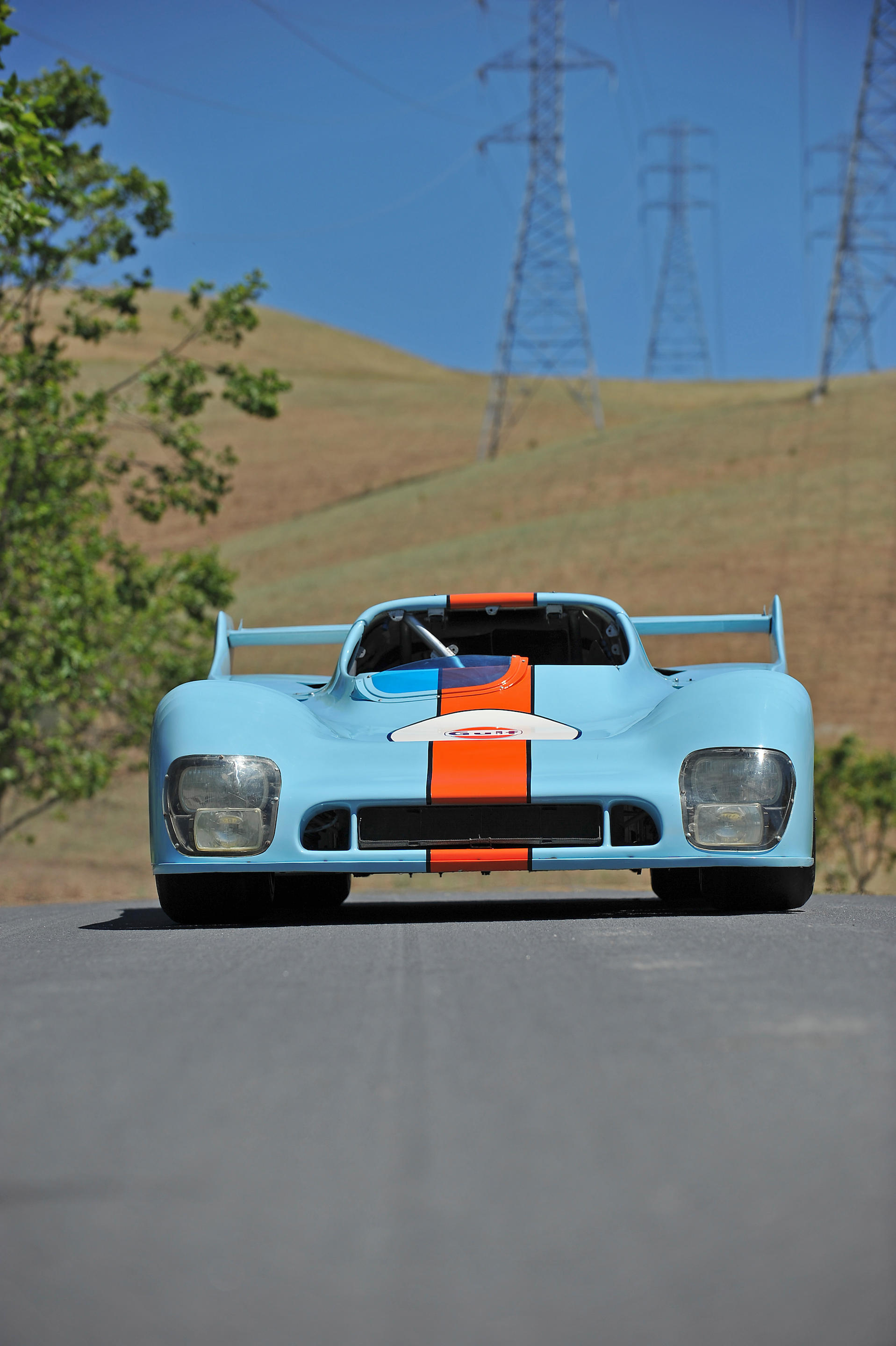


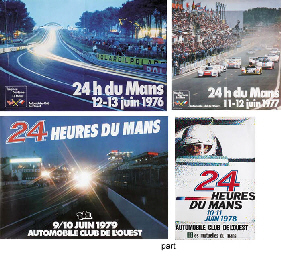
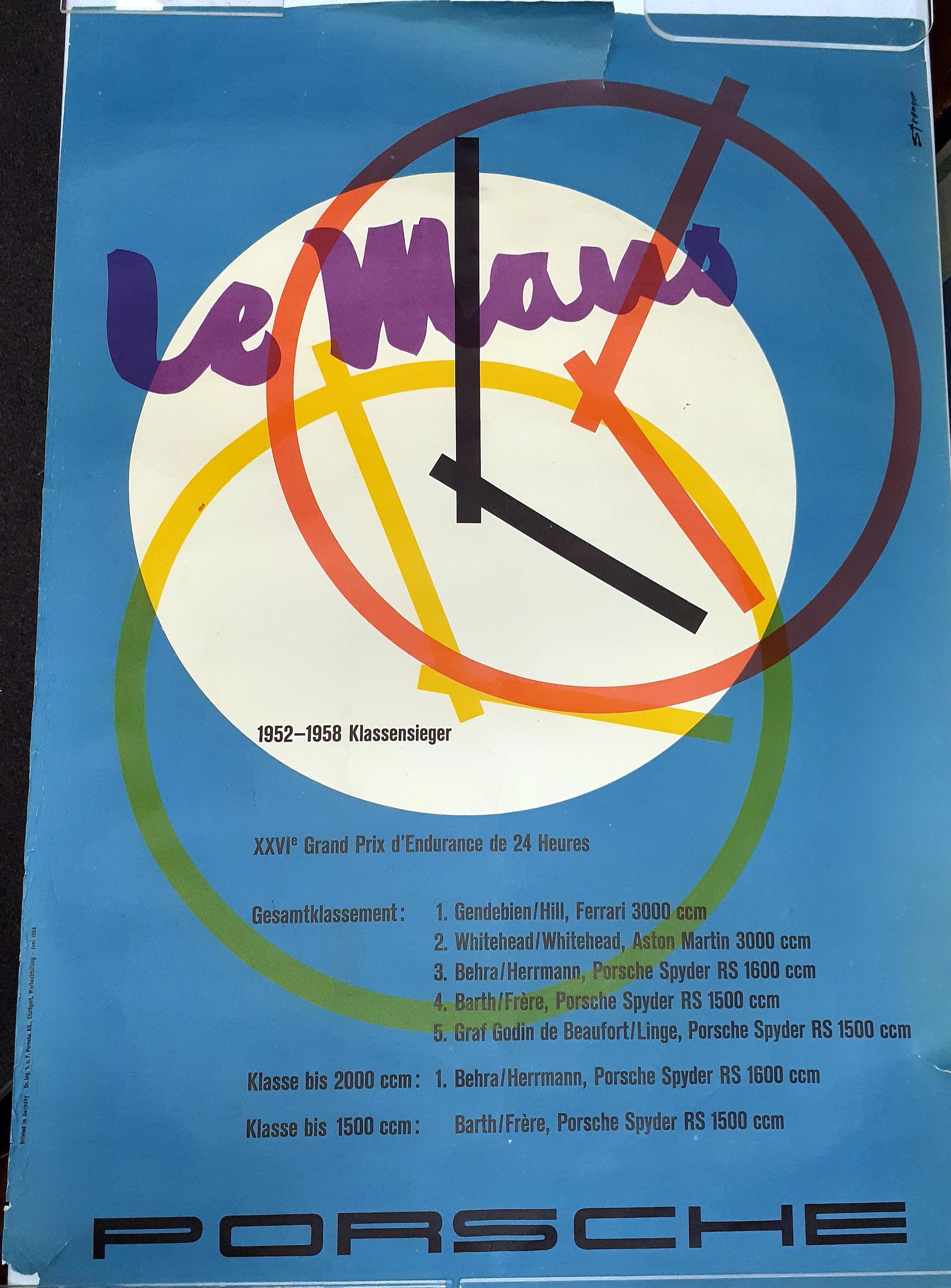


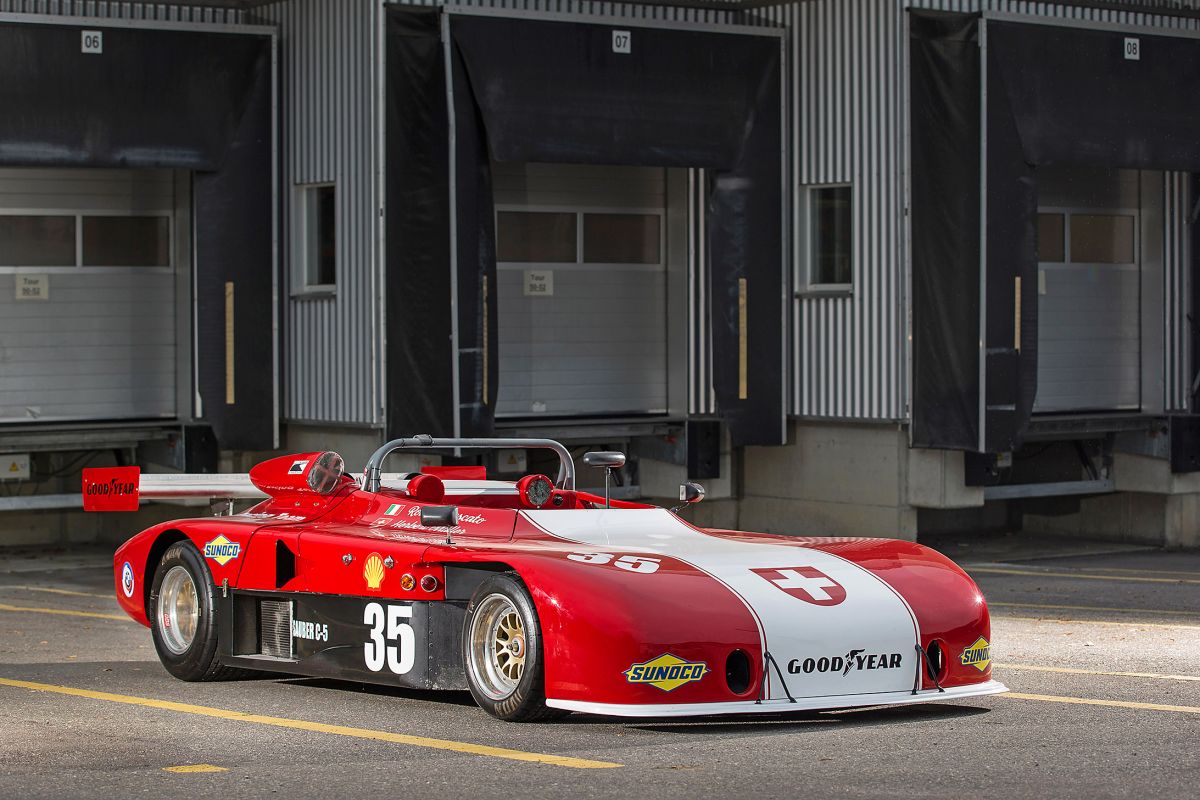
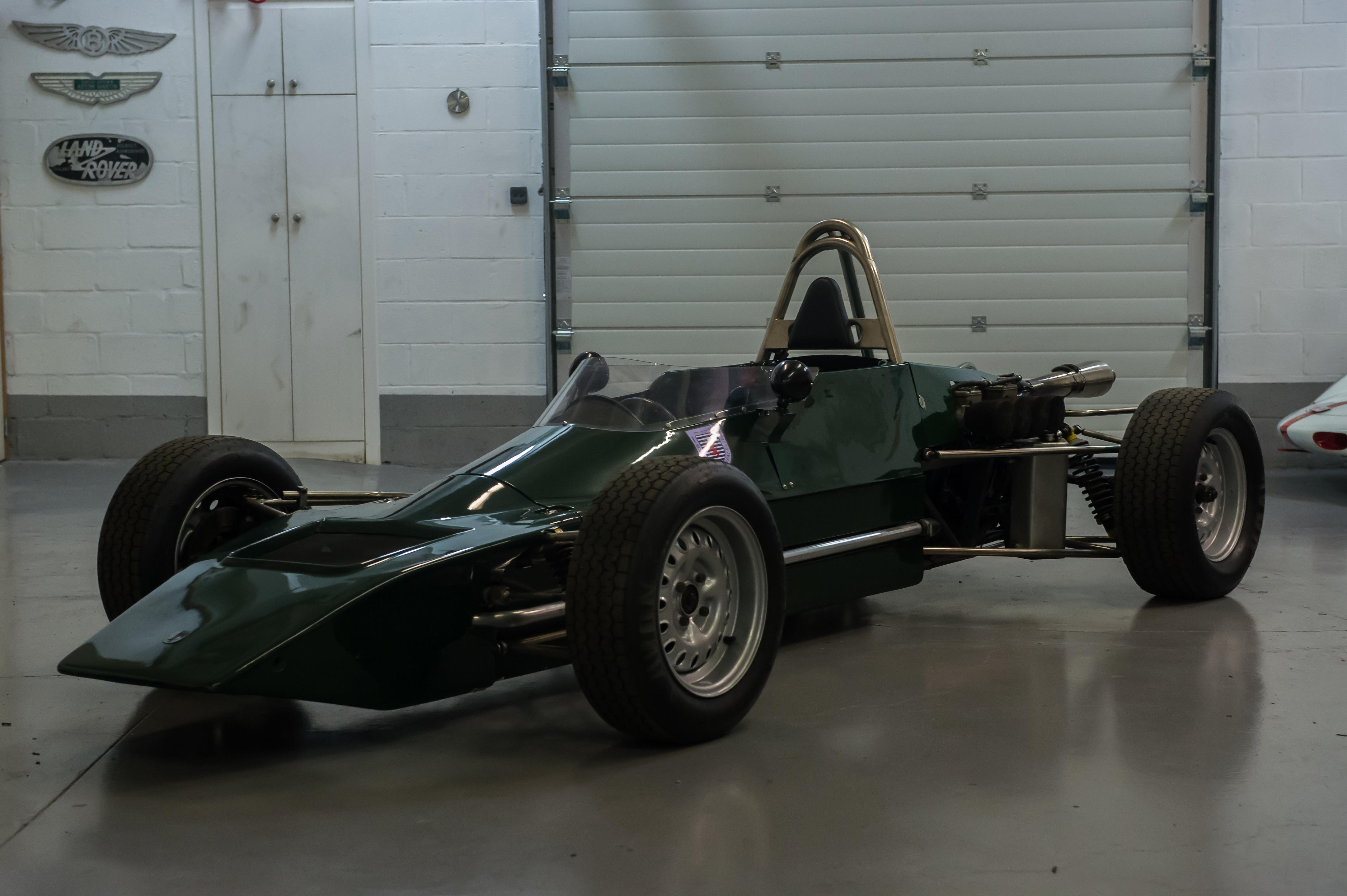

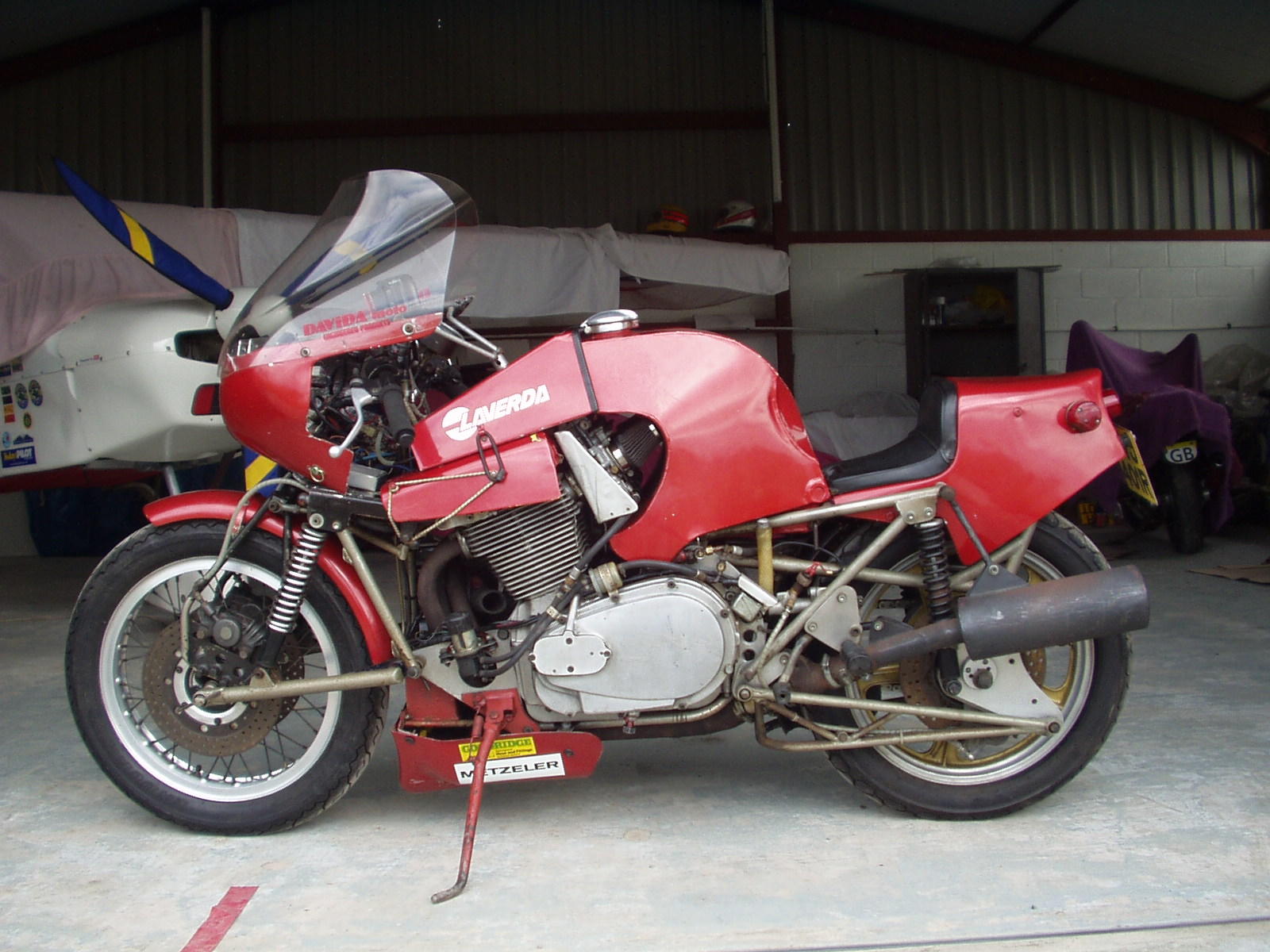
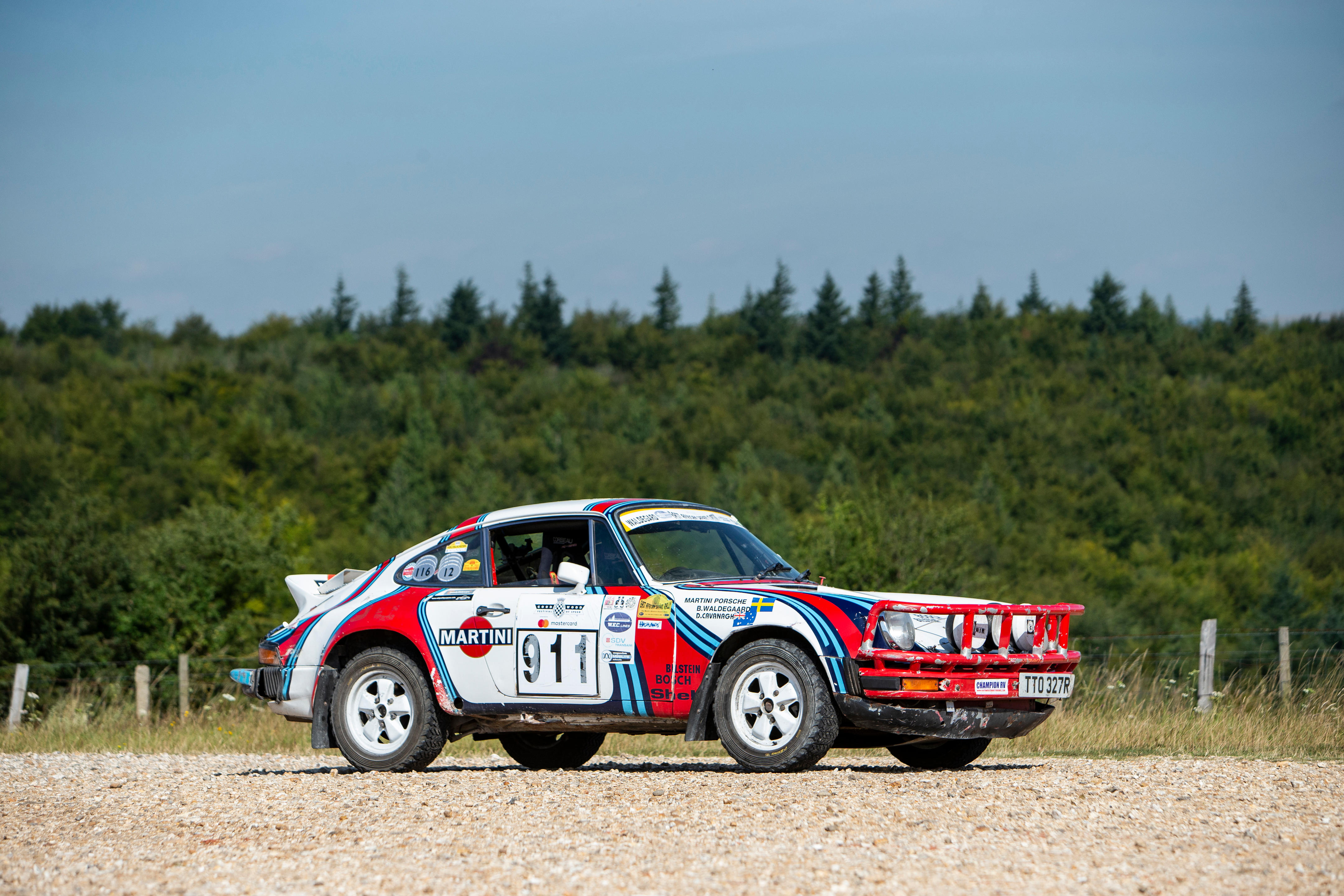

.jpg)
Testen Sie LotSearch und seine Premium-Features 7 Tage - ohne Kosten!
Lassen Sie sich automatisch über neue Objekte in kommenden Auktionen benachrichtigen.
Suchauftrag anlegen